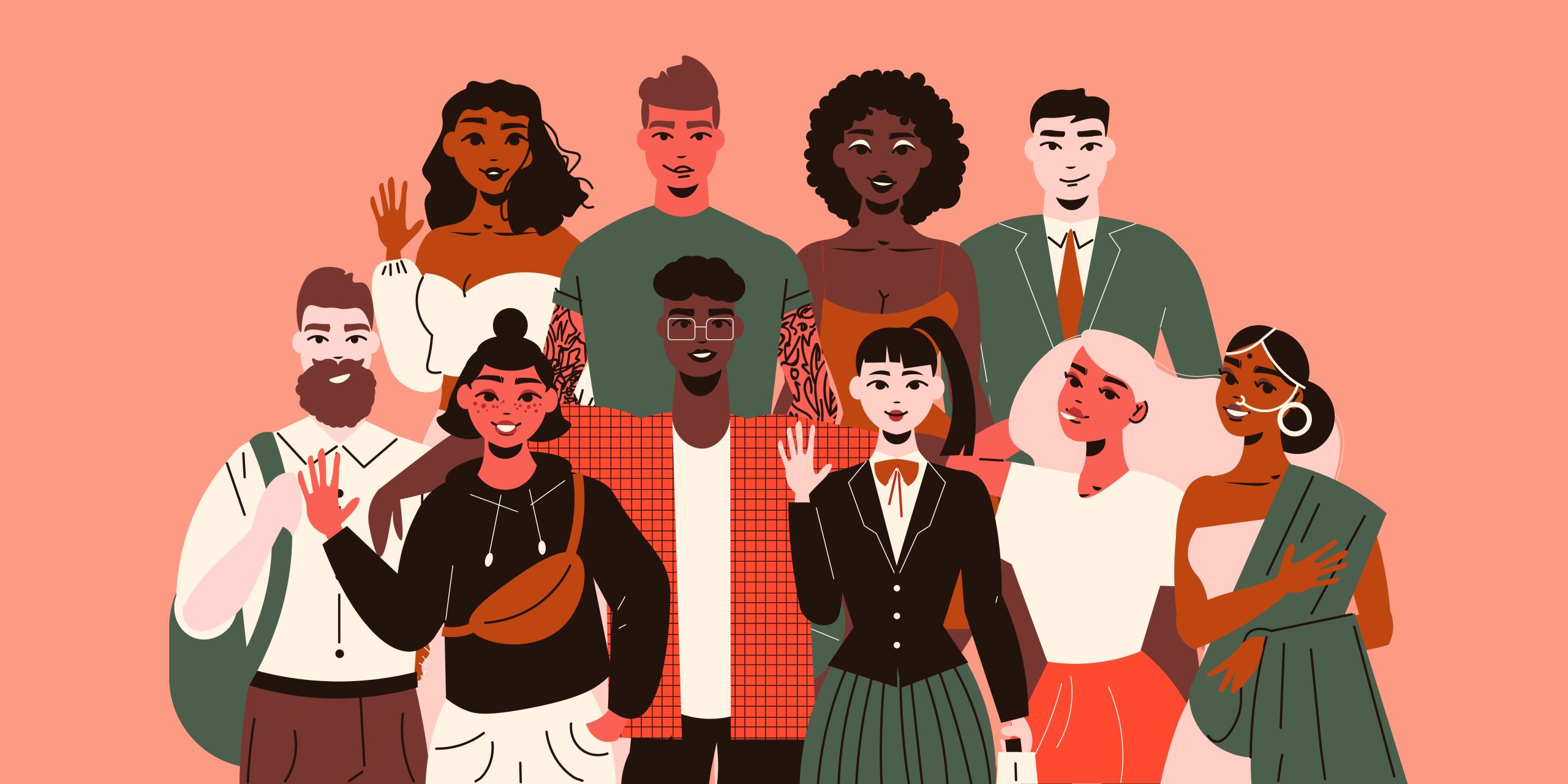How do modern expressions of national pride and cultural flourishing inevitably navigate the complex currents of tradition and global influence, particularly in a nation as historically rich and contemporarily dynamic as Iran? The convergence of a rising national consciousness, a thriving cultural landscape, and the inevitable friction points of a culture clash defines a multifaceted narrative demanding careful observation.
Editor's Note: Published on October 26, 2023. This article explores the facts and social context surrounding "iranproud a nation rising a culture thriving a culture clash".
The Dawn of a Rising Nation and Thriving Culture
The term "IranProud" encapsulates a burgeoning sentiment, visible both within the nation's borders and among its expansive diaspora. It reflects an assertion of national identity and a celebration of a civilization that boasts millennia of continuous history, profound contributions to art, science, and philosophy, and a vibrant contemporary scene. This "nation rising" is not merely an economic or geopolitical observation; it encompasses a renewed focus on self-reliance, technological advancement, and a demographic shift where a significant portion of the population is young and digitally connected.
Concurrently, Iranian culture continues its remarkable journey of resilience and adaptation. From the intricate poetry of Hafez and Rumi to the innovative cinema celebrated on the international stage, from traditional Persian cuisine gaining global recognition to a burgeoning contemporary art scene, Iranian cultural expression is undeniably "thriving." This vitality is manifest in various forms, often finding new avenues of expression through digital platforms, connecting artists and audiences beyond geographical constraints. The cultural tapestry, rich in ancient traditions, continues to weave new threads, reflecting modern sensibilities and global influences.
"Culture is not static; it is a living entity that constantly evolves, incorporates, and sometimes clashes with new ideas. In Iran, this process is particularly dynamic, given its deep historical roots and its current engagement with modernity." Dr. Parisa Ahmadi, Cultural Anthropologist
Navigating the Tides of Cultural Confrontation
Within this context of national resurgence and cultural vitality, the phenomenon of "culture clash" emerges as a crucial analytical lens. A culture clash, defined as a conflict arising from the interaction of people with different cultural values, beliefs, and practices, is an inherent byproduct of significant societal shifts and increased global interconnectedness. For Iran, these clashes manifest across several critical dimensions:
- Tradition vs. Modernity: The tension between deeply ingrained historical and religious customs and the aspirations for modern lifestyles, individual freedoms, and globalized norms. This is often visible in social norms, dress codes, gender roles, and public spaces.
- Generational Divides: A significant gap often exists between the values and expectations of older generations, shaped by revolutionary ideals and traditional upbringing, and the younger demographics, who are more exposed to global culture through digital media.
- Diaspora vs. Homeland: The Iranian diaspora, having integrated into Western or other diverse cultures, often holds different perspectives on social freedoms and cultural expression compared to those residing within Iran. Interactions between these two groups, often facilitated by technology, can highlight disparities and spark debate.
- State Ideology vs. Societal Realities: Official narratives and state-enforced cultural parameters frequently encounter friction with evolving societal realities, individual choices, and emergent subcultures that seek alternative forms of expression.
